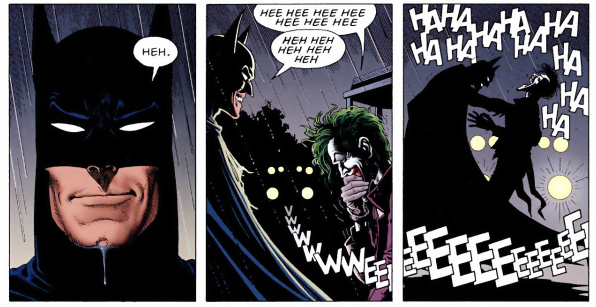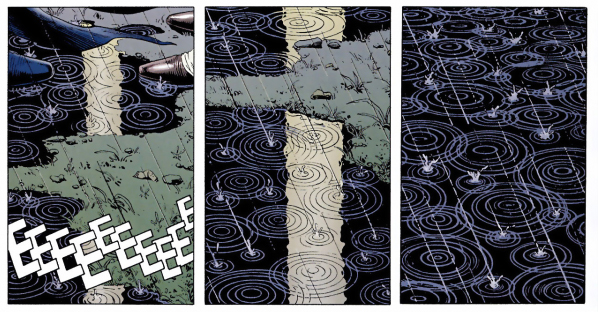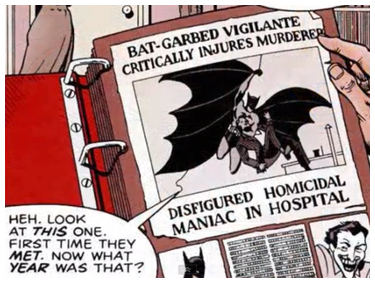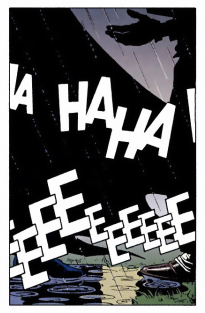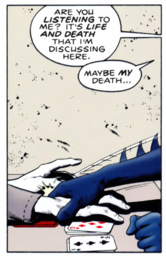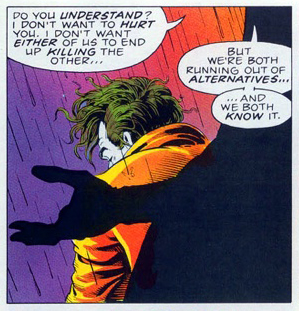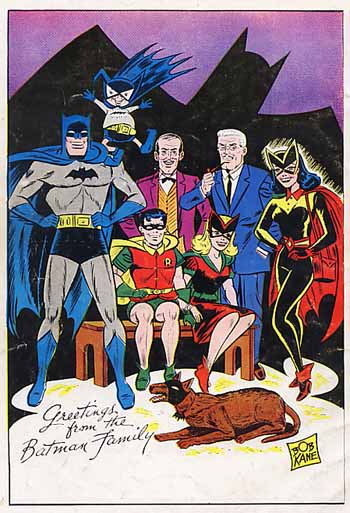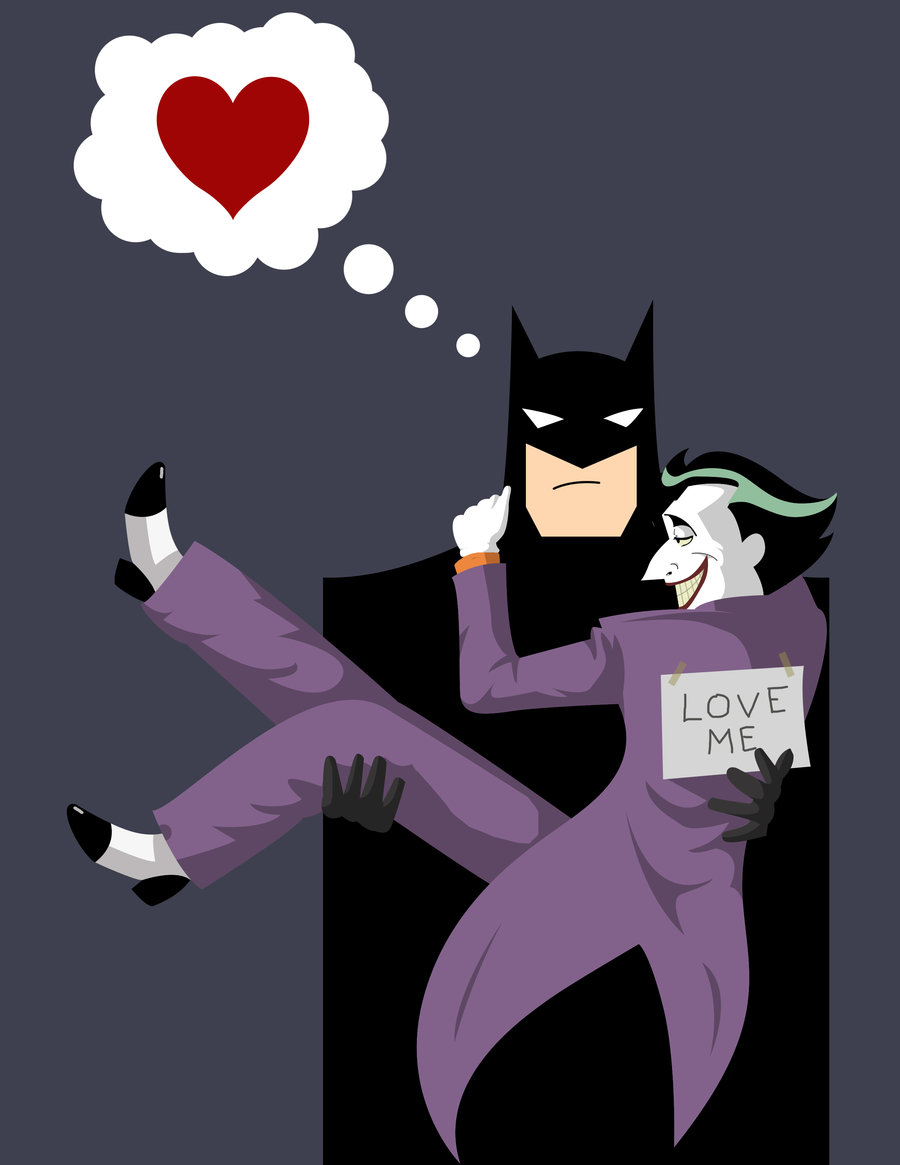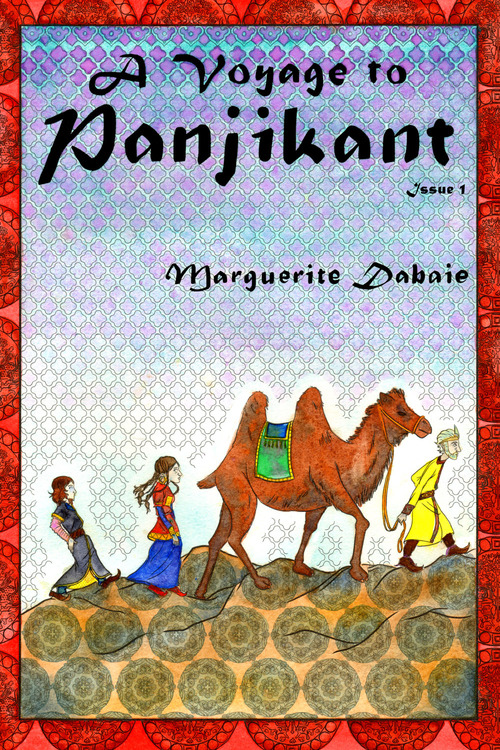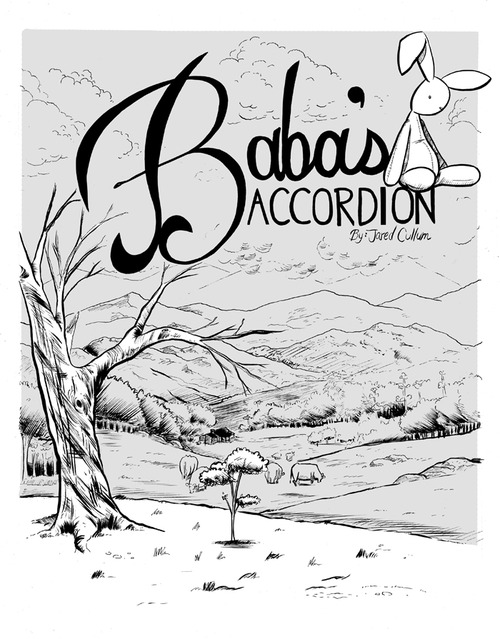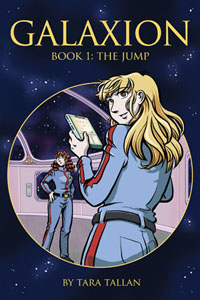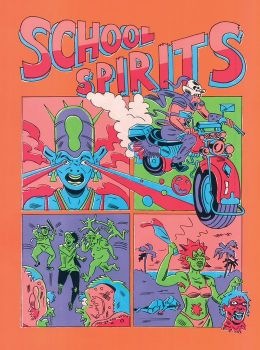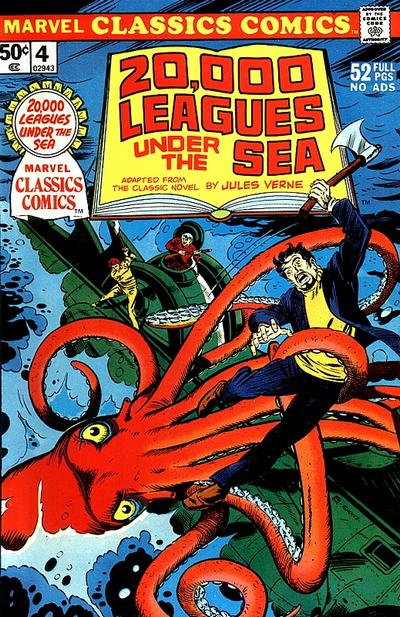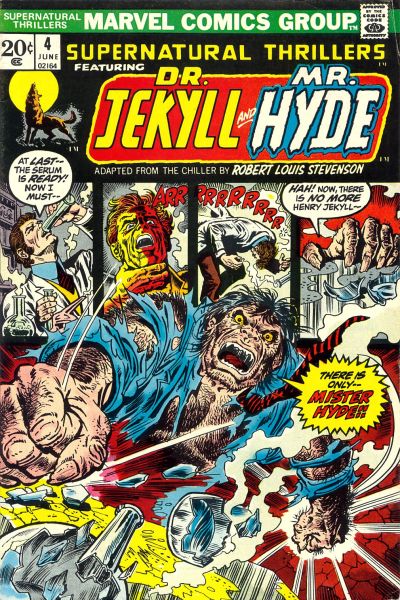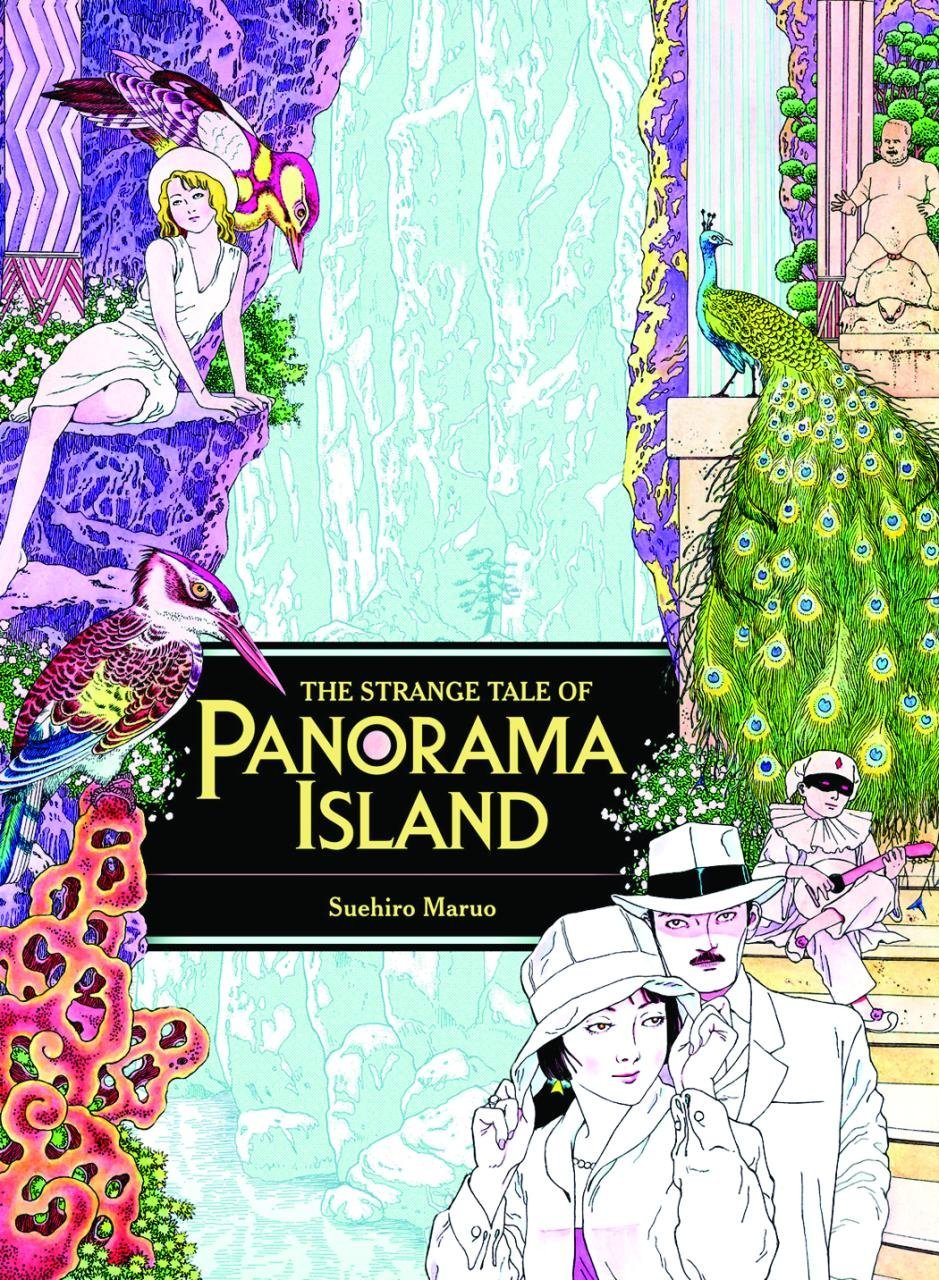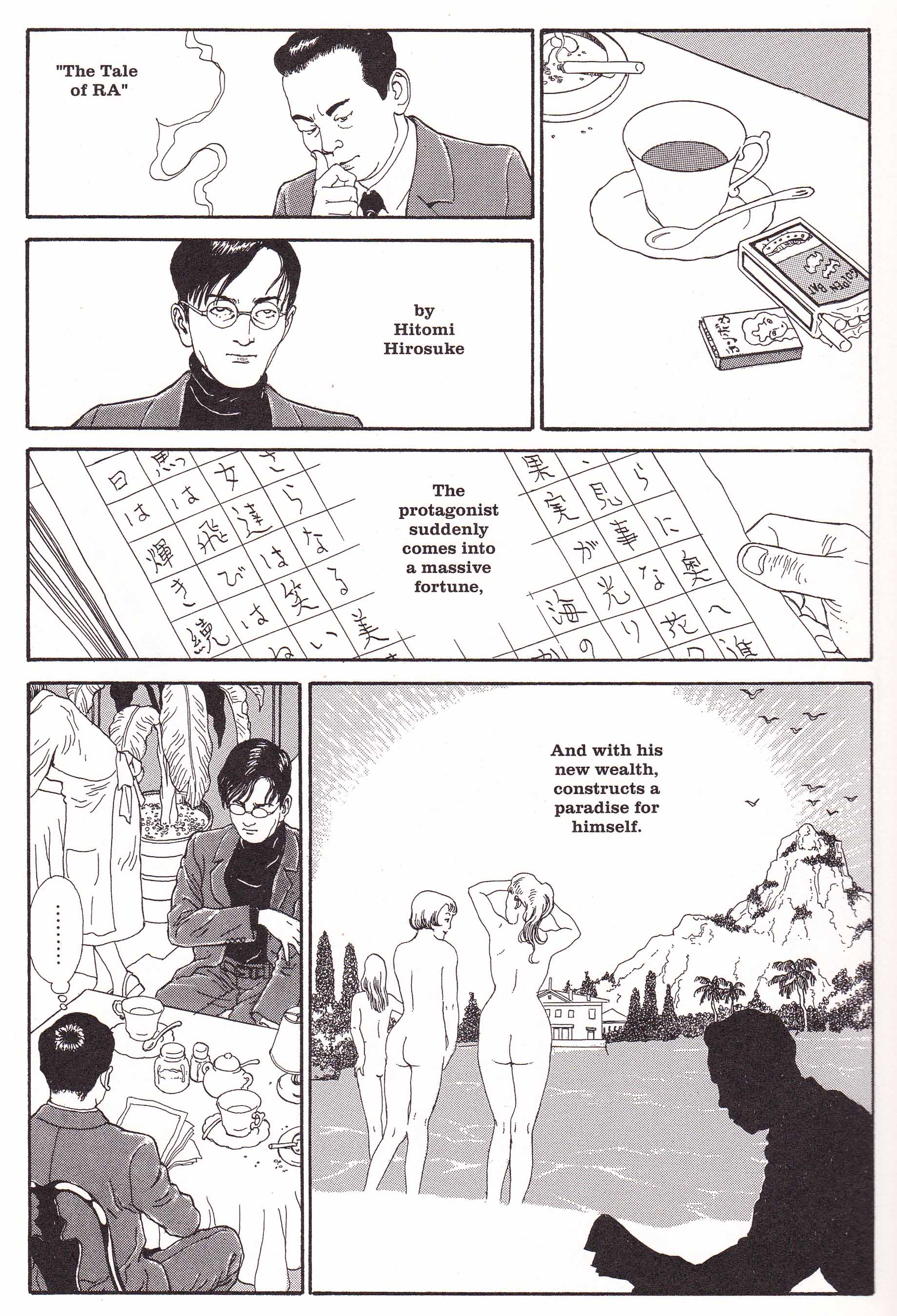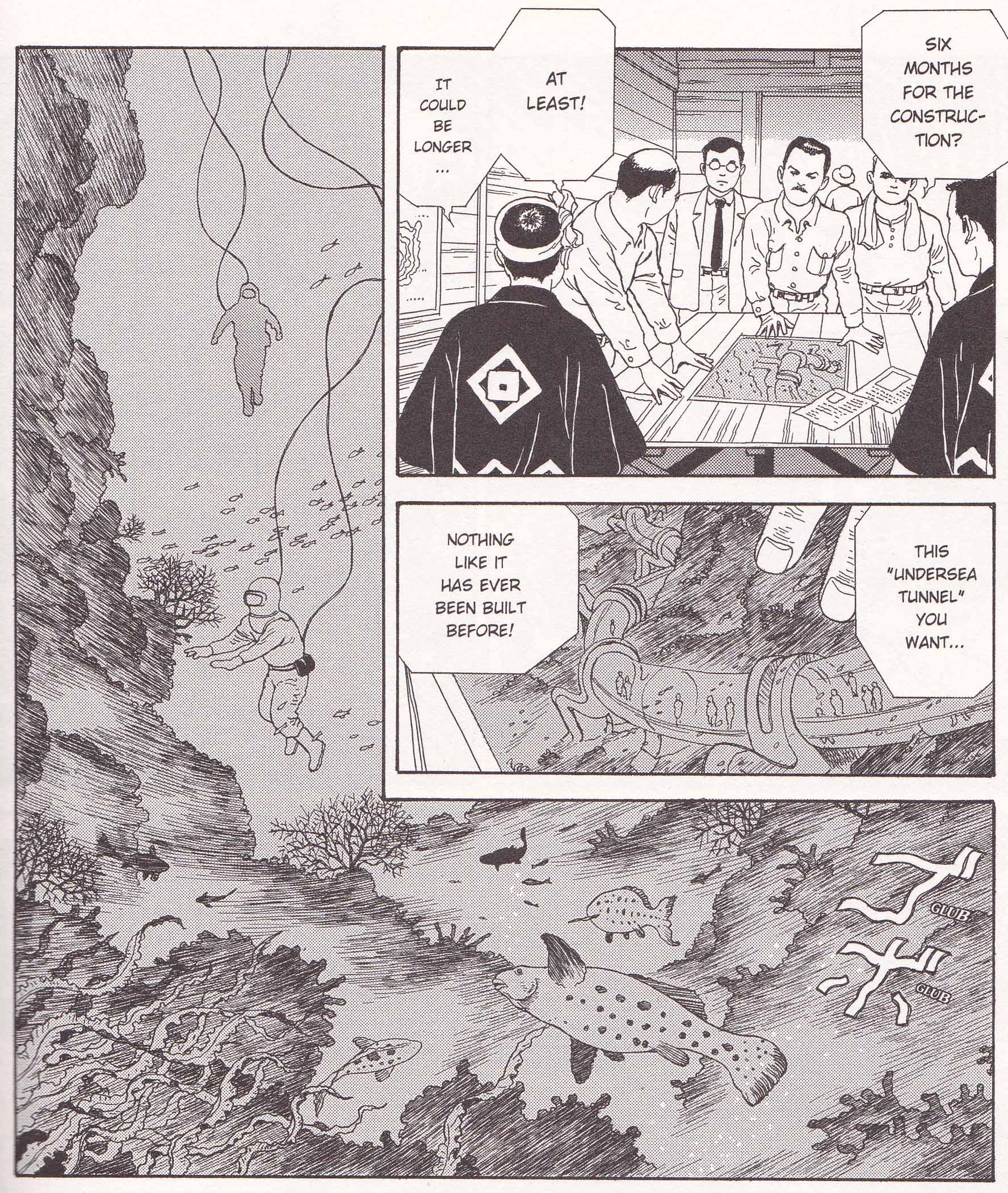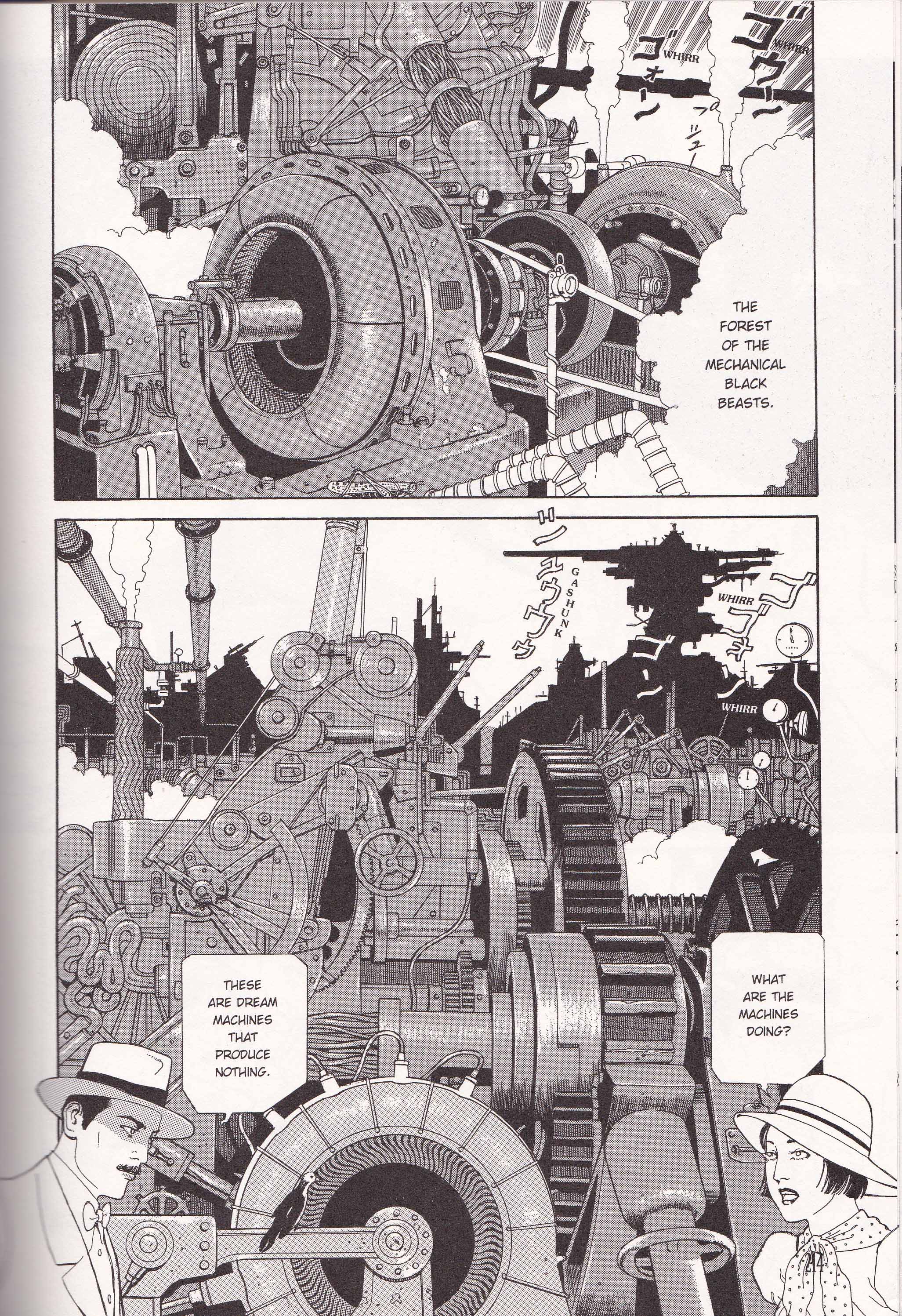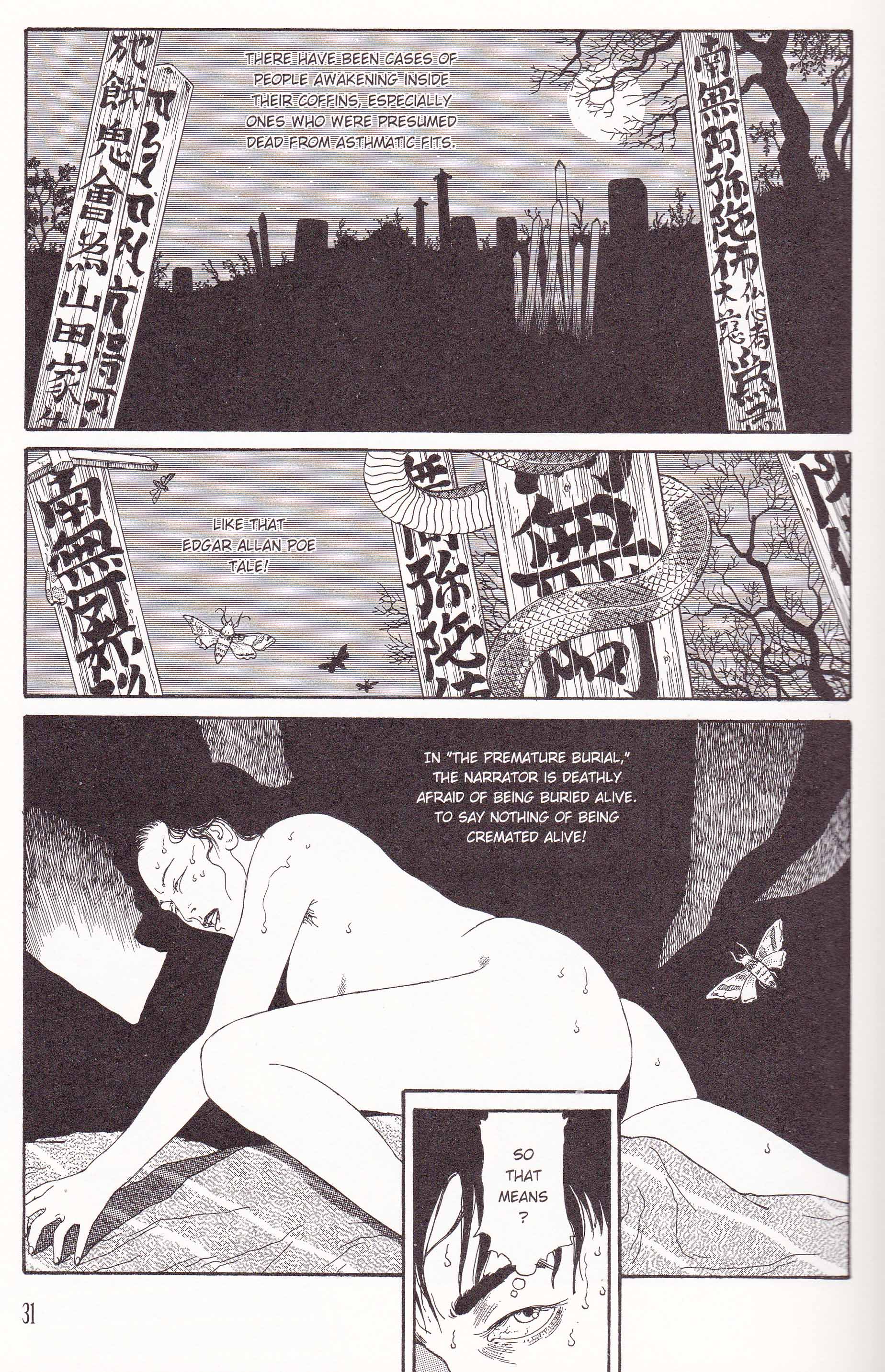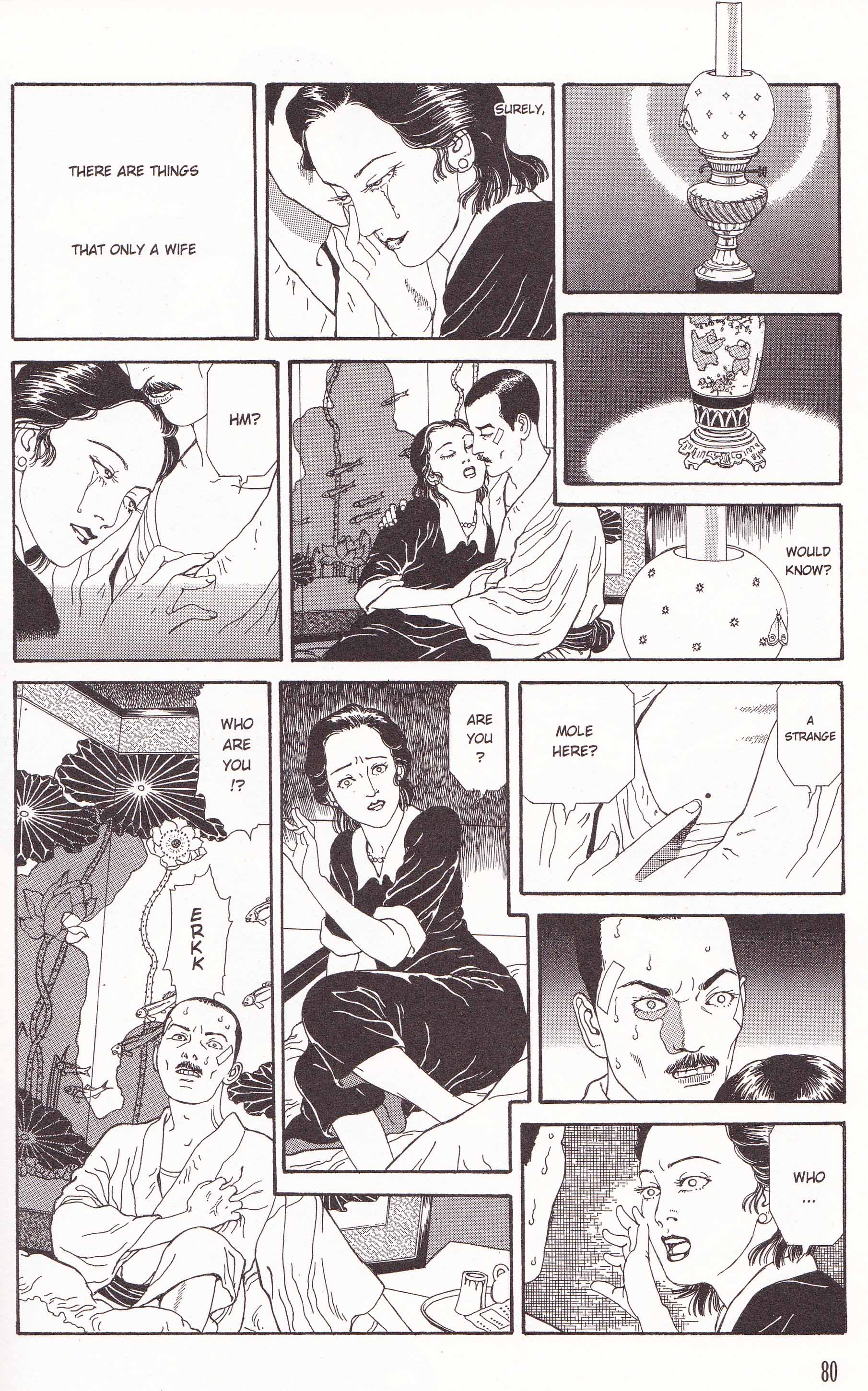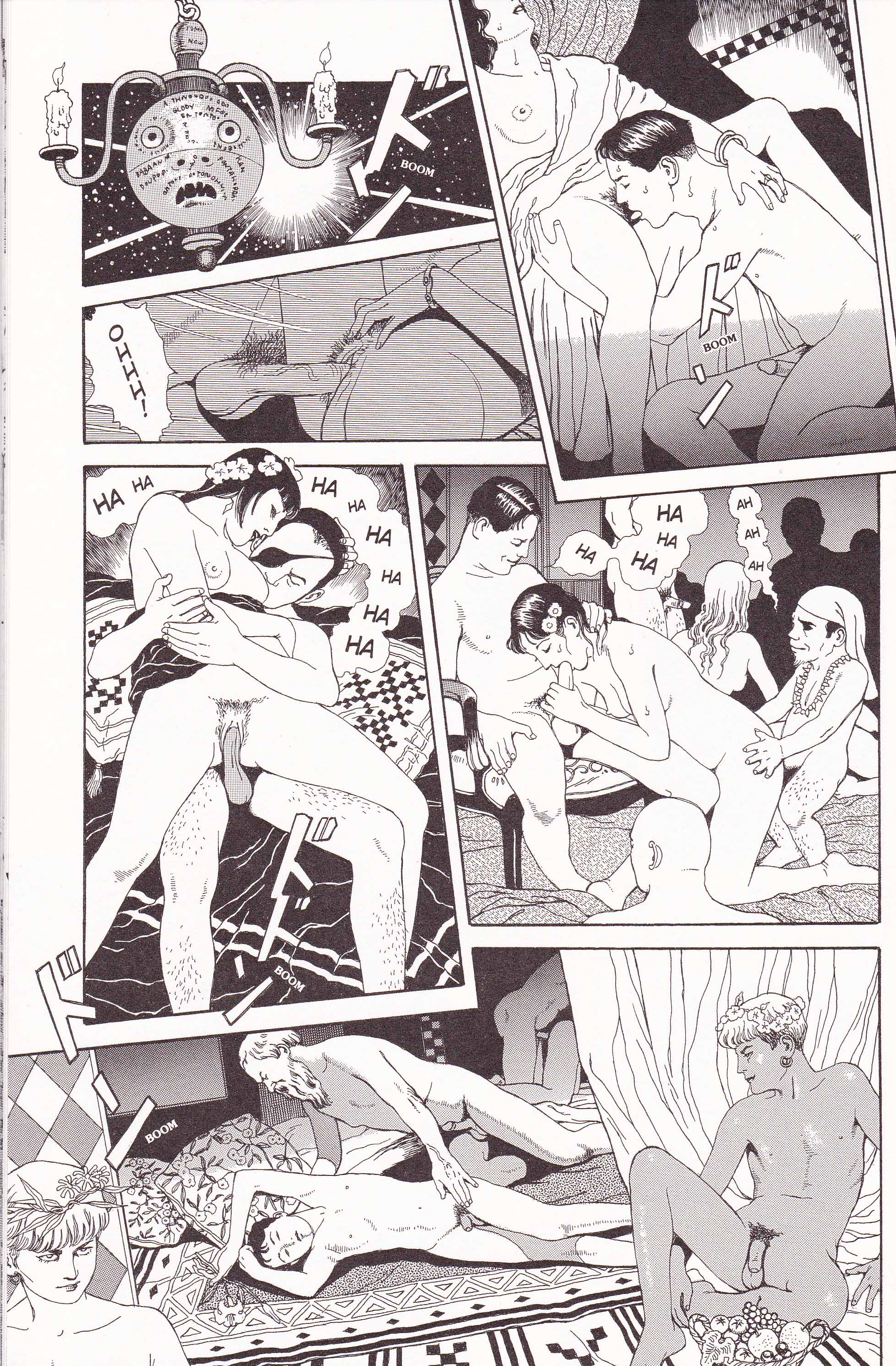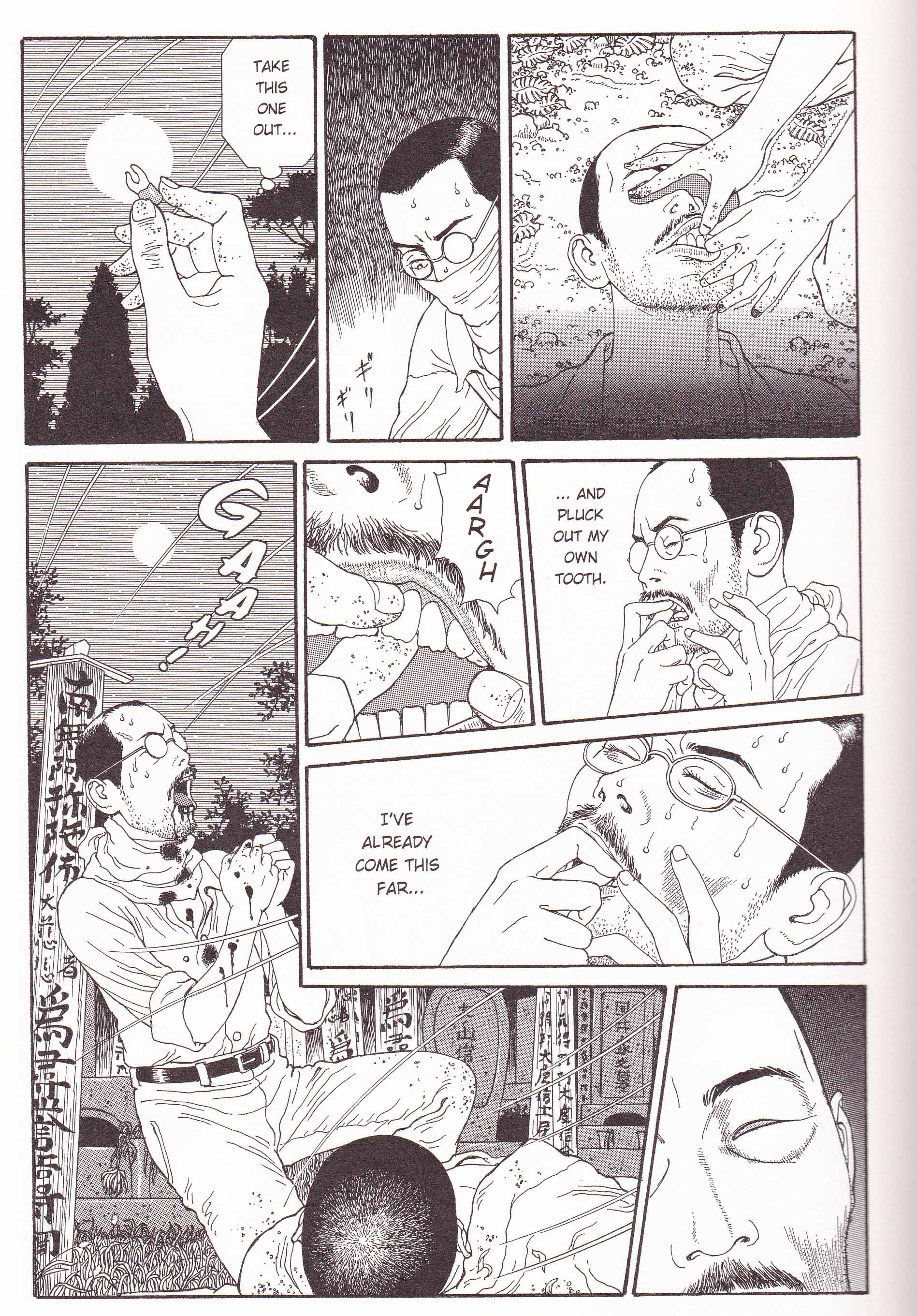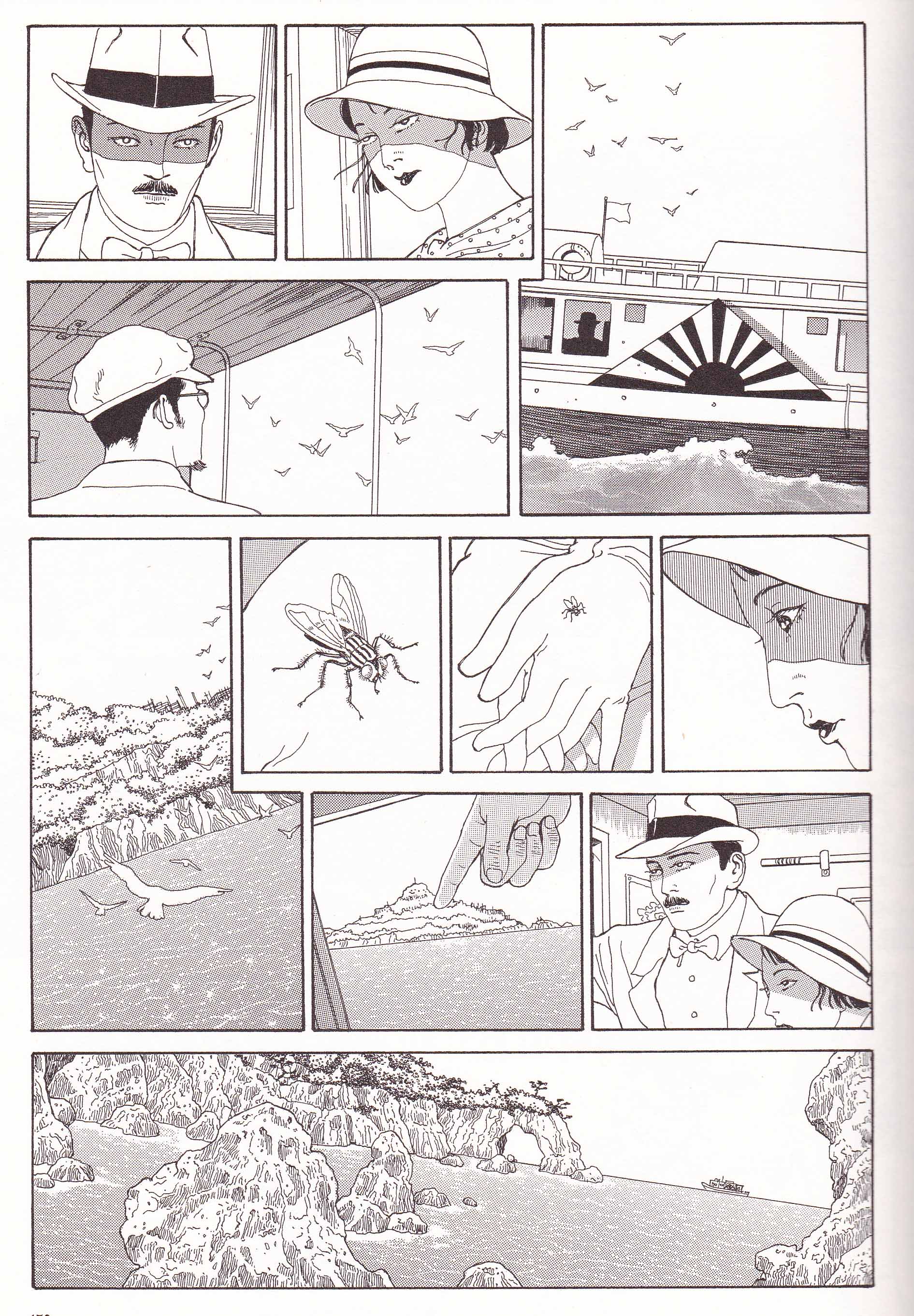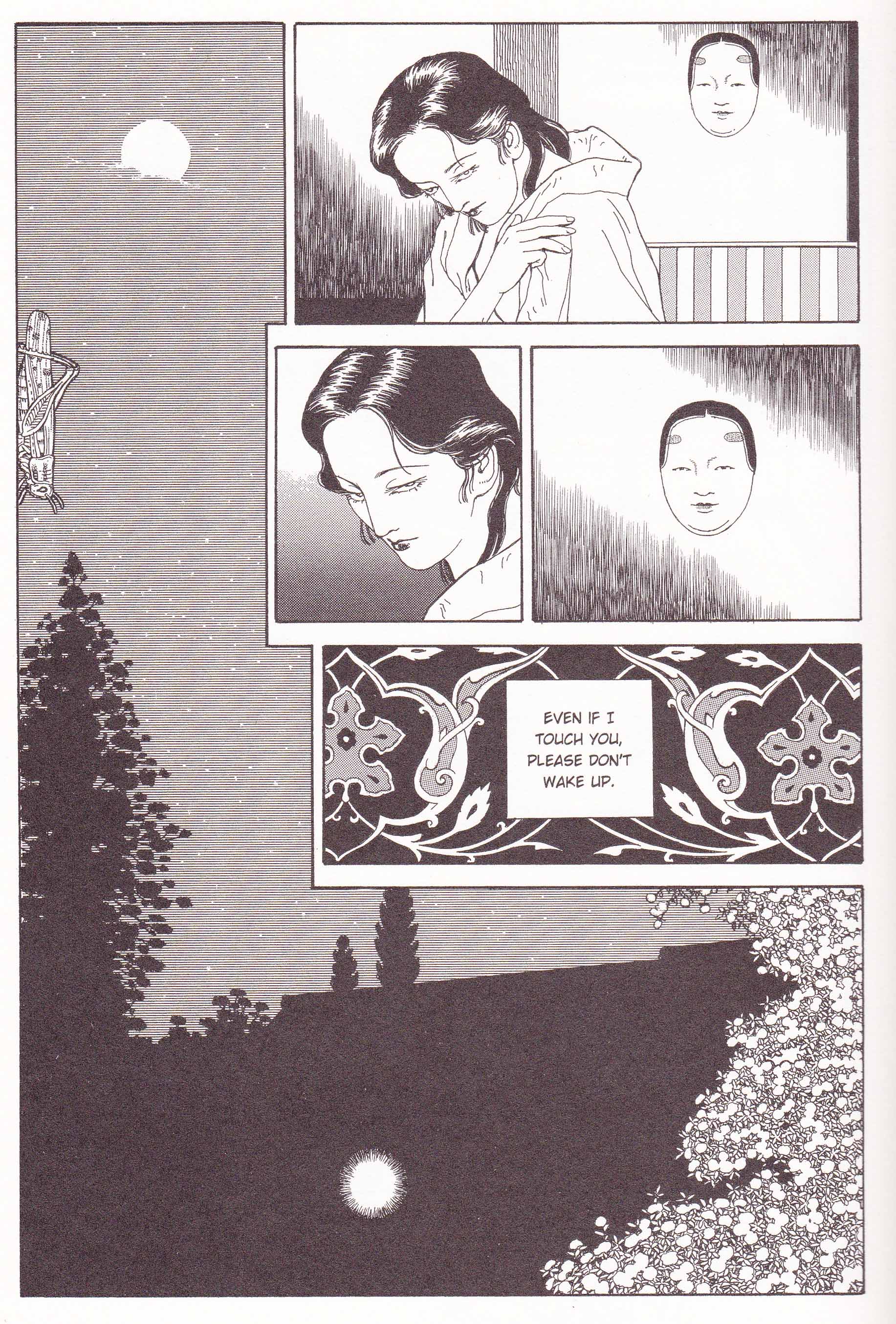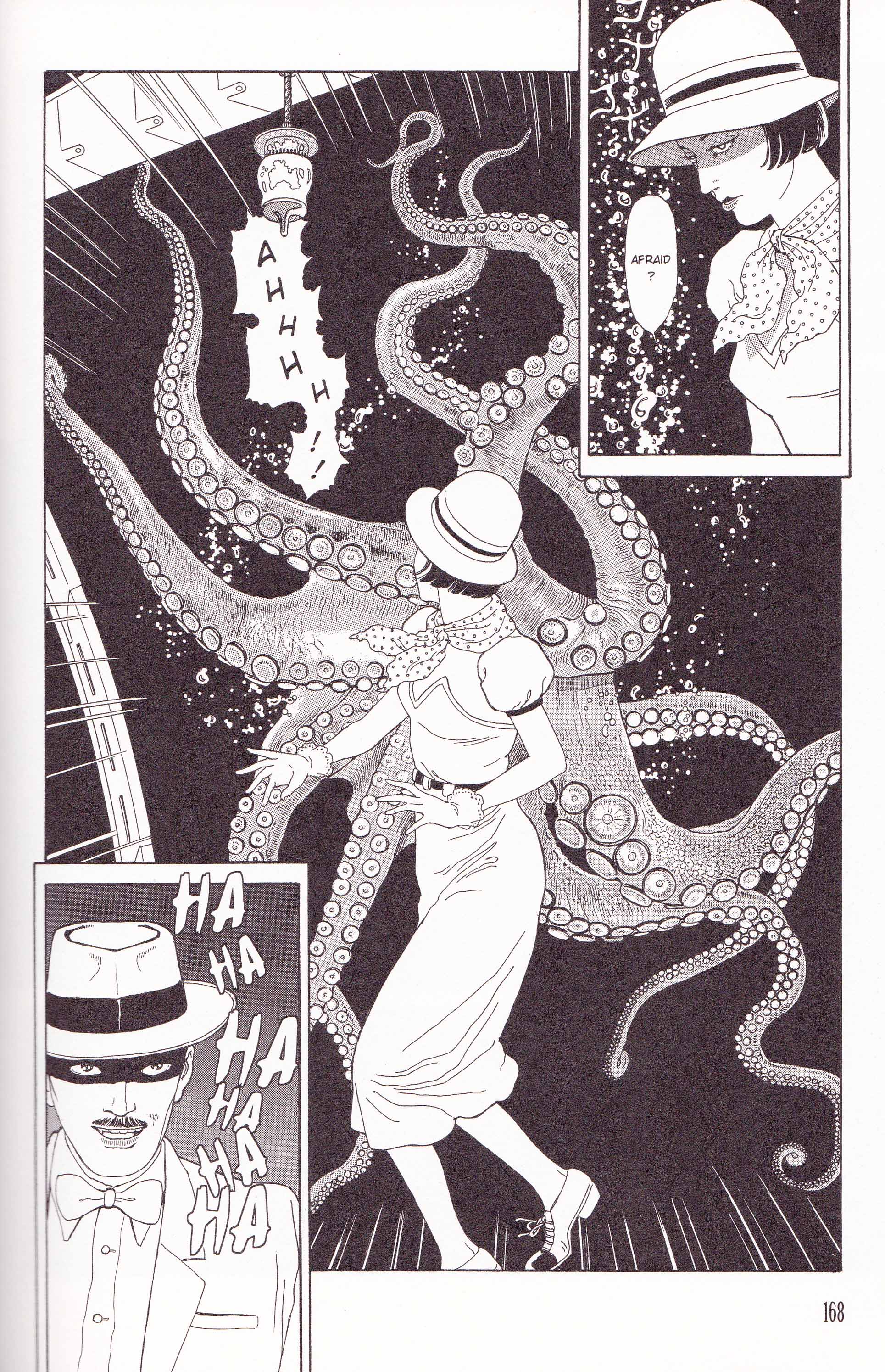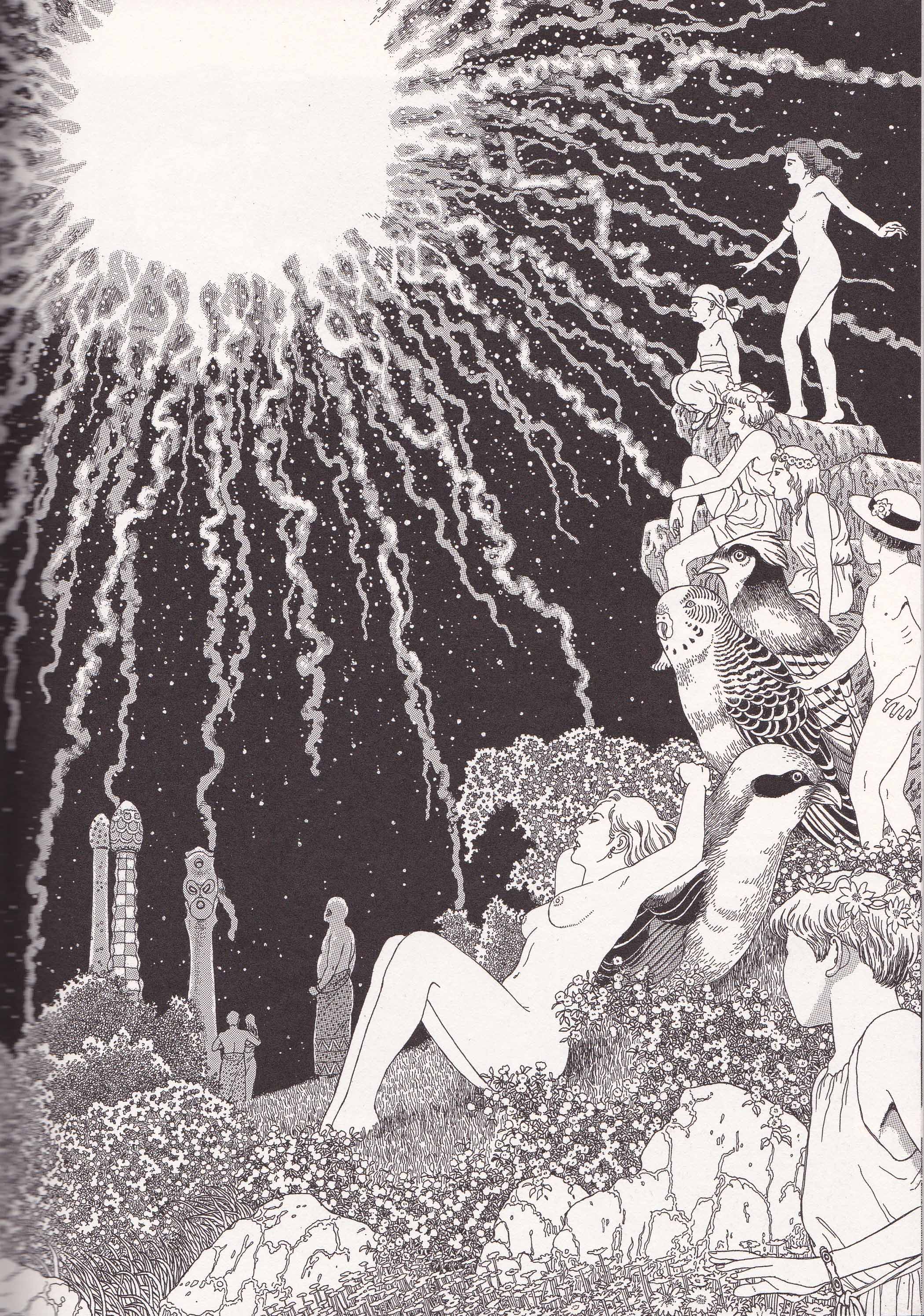Today, I’m going to talk about the current GoodReads fiasco. For those who don’t know, there has been an ongoing fight between readers and authors. Readers use the site to review and discuss books. Many authors use the site to promote their books. Recently, some author behavior has crossed lines–nagging readers to review books, being angry at less than 5 star reviews, getting weird and vindictive about readers’ response to books. In reaction, some readers have begun making decisions about what books to buy/review based on author behavior to readers. Some readers have also begun including author behaviors in their reviews or their ‘to-read’ or ‘not-to-read’ type lists. Authors pushed GoodReads to change their site policy to no longer allow readers to mention author behavior as part of their reviews.
I want to discuss the topic of authorial (and publisher) behavior as it relates to the act of criticism.
I’m a writer, a creator, an artist, a reader, a critic. But I’m also a librarian.
As some of you know, my day job is as an academic librarian at a major research university. What some of you may not know is that I work specifically with non-traditional students (mostly grad students), teaching them how to use modern research tools in the new scholarly age. I spend a lot of my time explaining the difference between peer review and non-peer review, how to tell the difference between a splashy astro-turf site and an actual organization working on the ground to help people, and how to look for conflict of interest red flags (WebMD I’m looking at you).
What does that have to do with GoodReads?
I’ve watched various parts of the web explode over this story. Plenty of readers are deeply, deeply angry. Some authors are jubilant, some disappointed with GoodReads. But I haven’t seen anyone weigh in on this mess from a librarian-ish viewpoint. At least not in the way I want to talk about it.
I’m going to start by outlining some of the concepts I teach my students. I’ll take everyone through a few current examples of less-than-ideal information sources. Then I’ll approach GoodReads’ decision the way I teach my students to approach it.
The two main concepts that I find most useful in digging through modern research sources are external review and conflict-of-interest.
External Review
External review’s gold standard is blind-peer-review. An article (or book) is sent to several experts in the field, with all the author-information stripped off. The experts red-pen the hell out of the article, and they send the article back to the editor, who reads all the comments and passes the information on to the author. Neither side knows who the other is. This allows all parties to be brutally honest without creating life-long enemies. Using several readers (rather than one) increases the chances that logical errors, citation problems, poor methodology will be ferreted out and stomped into dust via editing.
Of course, this process also takes a lot of time. Peer-review can crush delicate writer souls like a bug. As a process, it isn’t perfect. However, it does improve the quality of the works published.
Most big-name newspapers employ fact-checkers to do a similar process. Read through X article and make sure country Y really does have Z occupants. Academic or specialist presses may employ editors with strong backgrounds in the field, or employ experts.
Not all presses do this. It’s very expensive, for one thing. It can also be pointless overkill–does the space opera action-adventure need to get the details of plant photosynthesis correct in the love scene? Probably not.
But if you’re going to make life or death decisions for patients, it’s best to use information that has been vetted as thoroughly as possible. Medical journals and medical presses are big users of the external reviewer, be it peer-review or highly trained editor.
(For my main example, I’ll be talking about Elsevier’s sins later on in this essay.)
Conflict of Interest or Cui bono, baby
The next concept we need to talk about is Conflict of Interest. A couple thousand years ago Cicero popularized the phrase Cui bono, which means Who benefits? Cicero was a big-shot lawyer, senator, and logician. He meant, “Follow the money” or “Find who really benefits and you will have discovered your criminal mastermind.”
Cui bono is normally used for semi-sneaky conflict of interest. The murderer may not be the victim’s wife (who inherits the estate), but the victim’s brother in law, who was doing it to get a hold of the victim’s patents. Or to gain controlling share of the company. Or to get the mansion at a cheaper price. Or whatever.
You figure this out by looking around at the situation and peering at various angles to determine what if any beneficial side effects this particular action will have.
See, occasionally people do obvious mad-cackling of the ‘The whole earth now belongs to me, muahahahahaha!’ variety, but it’s just not that often. You’re more likely to get people who are just doing their old buddy a favor or insider trading that amounts to cocktail party gossip which then goes on to ruin average-worker lives by hostile corporate takeover or what-have-you. There just isn’t that much obvious mad cackling going on.
You have to look for the sneakier stuff, the stuff all of us probably do at some point in some small way.
Let’s Talk Examples
Want a good example of everyday CoI? WebMD. Lots of people adore that site, because it states up front and proudly that it is written and vetted by doctors. As far as I can tell, it absolutely *is* written and vetted by doctors.
It’s also one of the most obvious big-Pharma shills I have ever seen.
Go to any particular illness, and you’re quite likely to receive advice to ask your doctor about an exciting new treatment now available to treat this condition. What WebMD isn’t gonna tell you is that they’re sometimes recommending these exciting new treatments instead of old boring treatments that have long since hit generic. You’re also going to get nice little articles like this one. It looks like WebMD. It smells like WebMD. But it ain’t. “The sponsor has sole editorial control.”
Gee, why would that be?
Because the sponsor is paying for that control. It’s an ad that doesn’t look like an ad. WebMD can get away with this by putting the tiny print “The sponsor has sole editorial control” in there and then fleeing the legal scene.
Like some European countries, I happen to believe that advertising medications is too risky, too unethical, and generally results in capitalism (rather than evidence-based science or informed personal choice) making really important life-and-death decisions.
Of course, I should disclose my own conflict of interest here. I have taken both a Cox-2 Inhibitor and Pregalbin/Lyrica. Both medications caused me problems that the manufacturer knew about, but concealed from doctors and patients.
What, you may be asking yourself, does any of this have to do with a book review site?
Pretty much everything, actually.
To recap, GoodReads just decided that readers can’t include ‘author behavior’ in their reviews or make lists of books based on author behavior
What Other People Say About the GoodReads Decision
The two main responses that I have seen about the GoodReads fiasco essentially go like this:
1. In-Favor-of-New-Rule. Authors have been attacked by readers; there is no (good) reason for readers to vindictively focus on author behavior. The book’s contents are what matter to a review, or what “should” matter. Therefore, reviews that discuss author behavior should be verboten. Lists of authors who behave badly do not focus on the books’ merits, so they should also not be allowed. (Some go so far as to admit that both sides showed “bad” behavior, and that yes, some readers have been hurt as well.) Some arguments also say, essentially, that this is an author’s livelihood, that a reputation once stained can’t be redeemed, and that every time a negative review is written, a kitten dies.
2. Anti-New-Rule. Readers say that the authors are actually to blame for this mess in the first place, because a lot of authors act like under-socialized preschoolers on the sugar high of a lifetime. Authors send out spam emails begging for their books to be reviewed. Authors freak out at any reviewer who does not post unqualified praise. Authors send out their fans (sometimes called attack poodles) to bug readers about review contents. Authors have been known to post readers’ personal identifying information in an attempt to bully them. Readers also really hate censorship.
I’m kidding about the kittens. I’m also going to skip over some of the other parts of the arguments, because this essay is already way too long.
So what about the External Review and the Conflict of Interest and stuff?
Here’s where I slap my librarian hat on and start getting grumpy. First of course, as a librarian, I am dead set against censorship, because that’s just how we roll. But second, there is a reason that many people like GoodReads. There is a reason that many publishers and authors like GoodReads. How much does publishing like GoodReads?
Amazon bought it. That’s how much.
But why would publishing or authors or anyone on the “pro” side of the line like GoodReads? Is it because these folks are all die-hard readers themselves? (No. Also, put down the fluffy unicorn of naievete and back away slowly before anyone steals your wallet.)
A bunch of readers is a mass-collection of external reviewers. GoodReads is a crowd-sourced version of PW.
Sure, there’s conversations, there’s book groups, there’s library action. But for the publishers and authors, GoodReads is like influencable-Publishers-Weekly catnip on crack.
The beauty of the site is that readers are not being paid, they’re not industry pros, they’re “just” readers. Which means that other readers listen to them. If ten friends of mine all mention how delicious a new brand of ice cream is, I will probably go buy some. If ten info-mercials tell me, I’ll ignore it. Same idea.
Except publishers and authors suddenly see an external review source and start bouncing up and down thinking, “How can I influence this otherwise-objective-appearing source?”
The point of GoodReads is for readers to discuss books. Everyday readers have no cui bono here, no income stream, no direct benefit except their own personal interests and hobbies. The point of the site is the no cui bono.
Authors (and publishers) have a direct income stream that can be influenced by this site. They have a huge cui bono here. Authors and publishers are going to push, and push hard, to improve that income stream. However, they will be pushing against a group that has no income stream involved.
That, my friends, is a recipe for disaster.
Completely incompatible goals.
Ironically, if authors got their way (and successfully influenced all these readers), the site would cease to be worth influencing. It would be one big infomercial.
But what is this about Author Behavior again?
I’ve talked a bit about lousy publisher behavior, and I’ve mentioned some authors who behaved badly in the abstract. What I haven’t mentioned is how this works in real time, with real examples.
Do I think it’s ‘bad’ for authors to have conflict of interest? Nah. Anytime money is involved, CoI exists. If you spend more than five minutes in any industry, you’re going to start having conflict of interest. You’ll start to know people. If you like them, if you hate them, if you merely know them, there will be conflicts of interest because those feelings will color your response. That’s why a lot of industries put checks in place. In blind-peer-review all author-information has been removed, so you don’t need to worry about your friend’s feelings if you rip the article to shreds.
The problem is not having a conflict of interest. The problem is what people do about that conflict of interest. It is absolutely possible to make your money in a given field and still be an ethical person.
I think most people know by now that blurbs are often quid pro quo or friendship based. (If you didn’t before, now you do!) There’s plenty of unwritten rules involved, but a lot of authors basically read and then rec books written by their friends. Some authors review books on their blogs or for review publications. I don’t think there’s anything wrong with that, most of the time.
It’s all in how it’s done. Years ago, I pissed off an up-and-coming YA author by telling her that I basically ignored all her positive book recommendations on her blog. Why? She’d posted about how she personally would not write negative reviews, and how that was fine, etc etc. It is fine. But if the only reviews you write are glowing endorsements of authors you went on tour with and the occasional Jane Austen-reread, it’s going to start to look a little whiffy. Especially if your tour buddies are all endorsing you in turn.
On the other hand, I also know some authors who write lots of reviews, including negative reviews (often to the horror of other industry pros). These authors are willing to be honest about their reactions to a book. Sometimes they give a positive review to a friend’s book. That’s never bothered me. Sure, friendship is probably part of the positive review. I kind of don’t care much, because they’re still willing to be honest, and I think most of us have warmer feelings towards work that was done by a friend. Like I said, if you work in any industry for a while, you’ll start to know people. Recommending friends’ work is normal author behavior. Writers who write about dragons may become friends because they all like dragons, and they may start shilling for their buddies’ dragon books, because hey, dragons! It’s natural. I think readers/consumers are pretty savvy about that kind of recommendation, and I think it hurts no one.
However.
My nose starts to twitch when money is the primary motivator for a critic’s body of work. I don’t mean straightforward, “Thanks for reviewing Book X for Library Journal, here is your twenty dollars Mr Reviewer.” I mean “I will endorse product X if in turn I get an endorsement or kickback via this other route.” If most of a critic’s output is primarily intended to shore up a separate revenue stream, then Houston we have a problem.
Sneaky revenue streams create unpleasant cui bono situations.
After some thought, I decided to not include specific examples of non-GoodReads authors doing this shit. (I figured this essay is already long enough, for one thing, and for another, I don’t want a digression of my main thesis.) I think most people are now aware that some authors have, in the past, paid people to write Amazon reviews.
Here’s what a professional reviewer-for-hire said about fake reviews:
He says he regrets his venture into what he called “artificially embellished reviews” but argues that the market will take care of the problem of insincere overenthusiasm. “Objective consumers who purchase a book based on positive reviews will end up posting negative reviews if the work is not good,” he said.
Objective Consumers: Vanishing Like a Unicorn
One of the big sources of “objective consumers” is GoodReads. It’s a place where readers are supposed to connect to other readers, no money involved.
The problem is that many authors don’t want objective consumers. They want praise and positive marketing. At the same time, if readers at GoodReads (or reviewers at Amazon, for that matter) become overburdened with fluff-pieces, the reviews become useless because no consumer believes them.
What kinds of things are authors doing?
They’re commenting on reviews directly to complain. They’re flagging reviews. They’re sending emails/messages asking reviewers to change their scores. They’re sending their personal fans to do similar things. (There are also some additional creepy things, like using free book giveaways that solicit reviewer home addresses, but that stuff is fortunately an outlier.) Some of them just send endless needy requests for people to read their book, please please pretty please.
It’s these authors who have been labelled as BBAs, badly-behaved authors.
I’ve lived through my share of flame wars. I can don inflammable pants, but there are days when I’d really rather not. Some years ago, I read a book that I despised. It was a fairly popular book, and the author was infamous for starting a web-wide flamewar that lasted three months. (The flamewar was about a different book.) I thought about reviewing the crappy book, and then I thought, you know, I could just go hit my head against the wall until the urge to review passes.
That is a dampening effect.
Should I, someday, review that piece of garbage masquerading as a novel? Yeah, maybe, but I kinda don’t wanna.
I sure as hell can’t blame a bunch of normal everyday people for not wanting to get slammed by endless author-tantrums.
The reality is that no one can keep track of that many badly behaved authors, so readers have, understandably, crowd-sourced lists of them. Authors who spam like hormel. Authors who freak out about four-star reviews. Authors who argue. Author who will flag your perfectly reasonable review. Etc.
Readers don’t have any financial power beyond ‘not buying the book’ or ‘not reviewing the book’. Readers as individuals have a tiny amount of fiscal power (buy/don’t buy) to exert capitalism’s power towards changing authorial behavior. Authors are the means of production, which Marx tells us means they’ve got some juice. A middle-man like Amazon will be paying attention to the means of production, UNLESS buyers/consumers act in very specific ways (such as boycotting) OR exert influence outside that direct influence stream.
The lists of authors behaving badly, the reviews that include information about authorial behavior, these are crowd-sourced methods of, well, collective bargaining in the book buying stream. Readers collectively refuse to review badly-behaved author X’s books, then author X is not rewarded for that behavior because author X’s book does NOT have the objective outsider positive review of approval that creates buyer confidence.
No, Really, Cui Bono?
So who benefits from the powers-that-be removing author behavior from the GoodReads site?
Is it readers? Nope. If you read the announcement of the policy change, readers are overwhelming pissed. They report feeling un-appreciated, deceived, attacked, and betrayed. They also report feeling uneasy about writing long reviews that might suddenly be deleted with no notice.
So, is it authors who benefit? Well, in the short term some authors will benefit from this change. Readers unaware of the ‘bad’ authors will probably buy their books again. Once. Then, if the author freaks out over a 4-star review or harasses that reader with spam, that will be the end of those sales.
So, is it ‘good’ authors who will benefit? Nope. A whole bunch of them are posting on GoodReads to say how pissed they are, too. They hate censorship, they don’t want their own reviews yanked, etc, etc, and some of them have packed up their bags and left the site. That will mean these ‘good’ authors will lose the chance to positively benefit from whatever marketing opportunities do exist there.
Will authors benefit longterm? No. Eventually one of two things will happen.
A) Readers will cave under pressure/fear and begin self-censoring reviews, the way I did with the flame-thrower-author. That will sound appealing to some authors, but remember. Consumer confidence depends on mixed reviews. Otherwise, consumers will assume the site is one big infomercial and ignore all the positive praise. If the dampening happens, the objectivity will be lost, and the objectivity (created by removing financial conflict of interest) will vanish. No objectivity, no marketing value.
B) Readers will crowdsource some other method of recording, tracking, and discussing authors whose behavior upsets them. People do not cease to react just because you remove the megaphone from their hands. This may mean that the primary users of GoodReads will go to a competitor who does allow them to make these lists. Or maybe they’ll use blogs. Or start a newsletter. I have no idea what the method is, but I am sure it will happen.
Will Amazon benefit? No. Again, objectivity is the site’s main selling point as a marketing vehicle. It is very likely an expensive site to maintain, as are most social media sites.
Given the strong financial incentive for authors to behave in desperate ways, I think it is unlikely that such ‘bad’ authors, of their own accord, will suddenly stop spamming/nagging/bugging readers. It is possible that GoodReads could prevent mass reader-exodus by instituting a draconian no-bugging readers regime, but that seems….not too likely.
I find the whole mess incredibly sad.
As ironic as it may seem to some authors (and to those who prefer ‘positivity’, which probably does not include any of the HU crowd, given our penchant for festivals of hate), negative reviews are of positive financial benefit. That includes lists of people to avoid reviewing, even if those lists are not fair or perfectly accurate. The pressure of financial gain from authors/publishers must be balanceable by the other side–readers–who cannot act in direct financial ways. If you remove these lists, something else will take their place–or the house of cards will collapse. The fiscal pressure is just too great.

